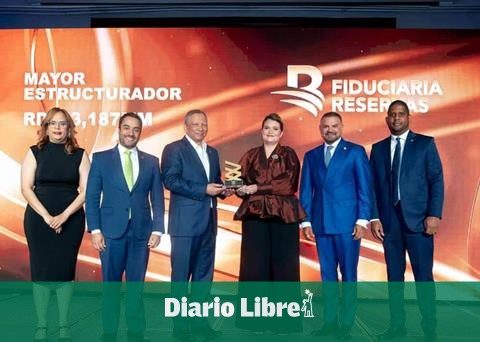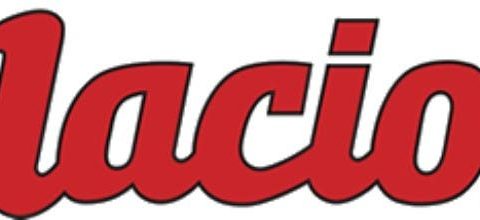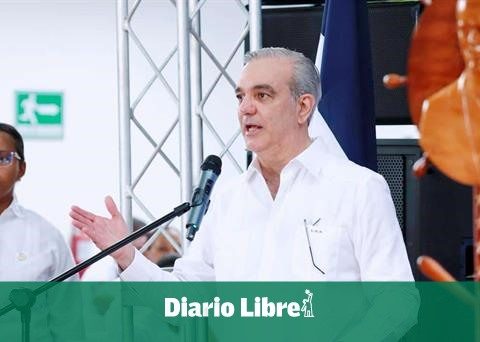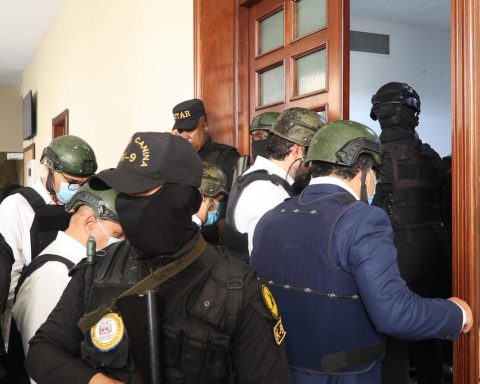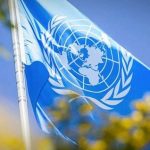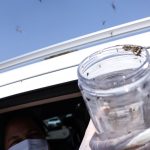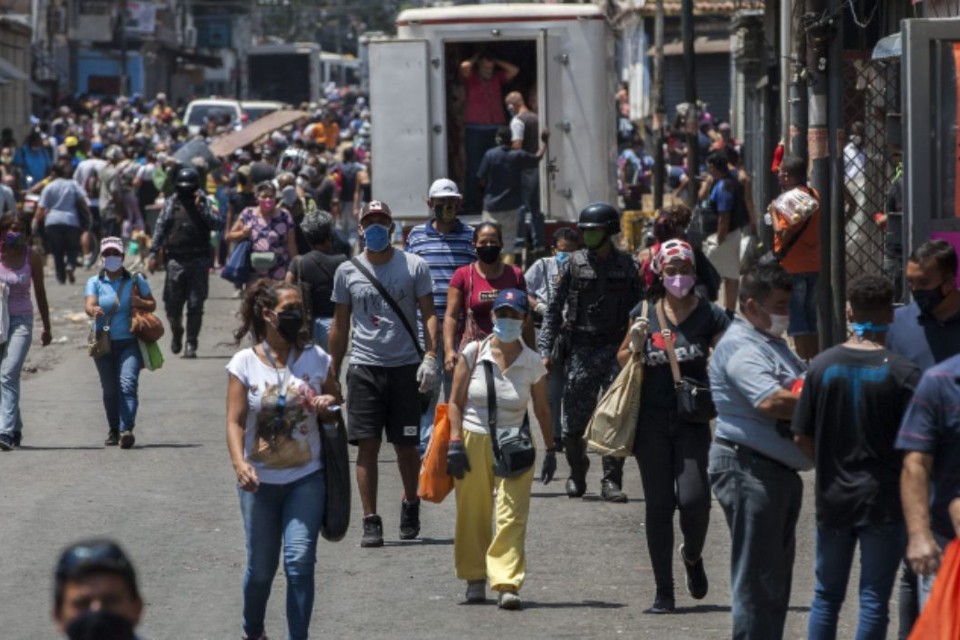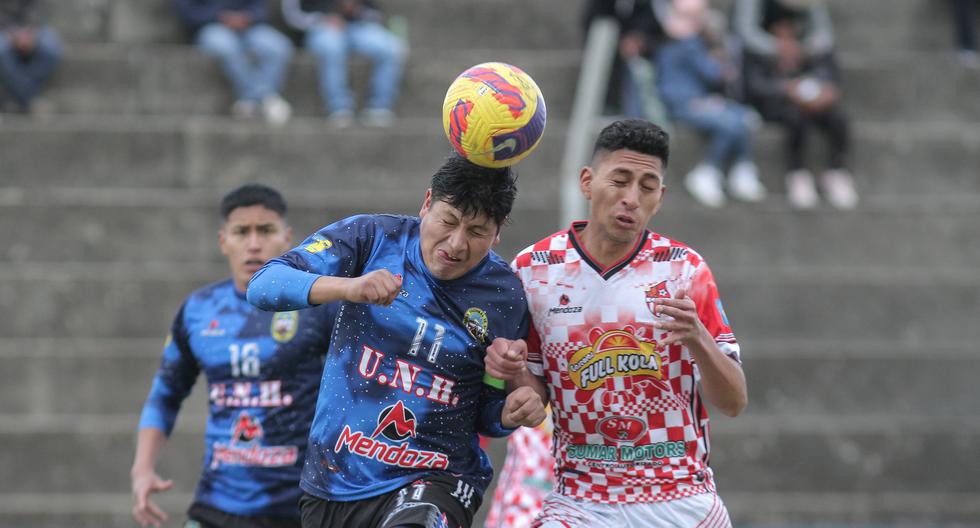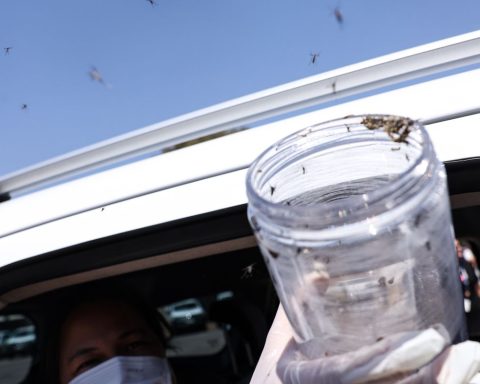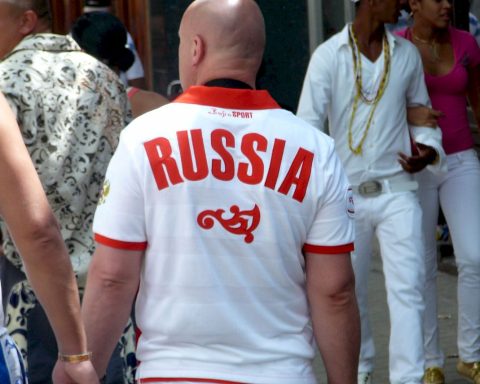Mayagüez, in Taíno “place of the great waters”, is located to the west of the island of Puerto Rico, being its third population in order of importance and the closest to the Dominican coast. As a city-brand, the phrase “city of pure waters” for the quality of its waters for the installation of several breweries.
“Founded in 1760 by Faustino Martínez de Matos, Juan de Silva and Juan de Aponte, on a hill located about a kilometer from the Bay of Mayagüez and the mouth of the Yagüez River.”
Its first name was: “Nuestra Señora de la Candelaria de Mayagüez” given the Canarian origin of the founders and most of the townspeople, this being its Patron Saint. A population that has a neighborhood without inhabitants: the Barrio de la Mona, an uninhabited island since World War II.
Inextricably linked to our history: Vicente Celestino Duarte was born there, older brother of the creator of the Republic; Buenaventura Báez lived, President of the Republic on multiple occasions, who died in Hormigueros, in that country.
On January 11, 1839, the intellectual, professor, philosopher, politician, sociologist, writer and patriot who influenced and contributed so much to Dominican education, which still endures, was born there. To cite 3. Already in the 20th century it is a professional training center for more than 425 Dominicans, who attended the CAAM.
The University of Puerto Rico was founded in 1903 and on September 23, 1911 the College of Agriculture was established as part of it and a year later its name was changed to the College of Agriculture and Mechanical Arts (CAAM). For 50 years it was the official name, before it was changed to the University of Puerto Rico, Mayagüez Campus (RUM). Second in size within the System and the only one with a School of Agriculture and a graduate program in Marine Sciences. The engineering faculty was founded in 1942.
UPRM has four academic units: the Colleges of Agricultural Sciences, Engineering, Arts and Sciences, and Business Administration. The College of Agricultural Sciences includes the Experimental Station and the Extension Service, which is a community service unit. The staff of the campus includes professors and researchers, extension agents and has the enrollment of students in the different undergraduate and graduate programs. It also has a renowned Graduate Program that offers master’s degrees and doctorates.
Of those Dominican students in Mayagüez, the great bulk returned to the country to offer their professional services in various areas. Others stayed in Puerto Rico or emigrated to the United States, distinguishing themselves wherever they have worked.
These former students in the country have excelled in multiple areas of engineering, agriculture, academics, important members of various governments, in politics, television and others. There is a Dominican debt with Mayagüez.

